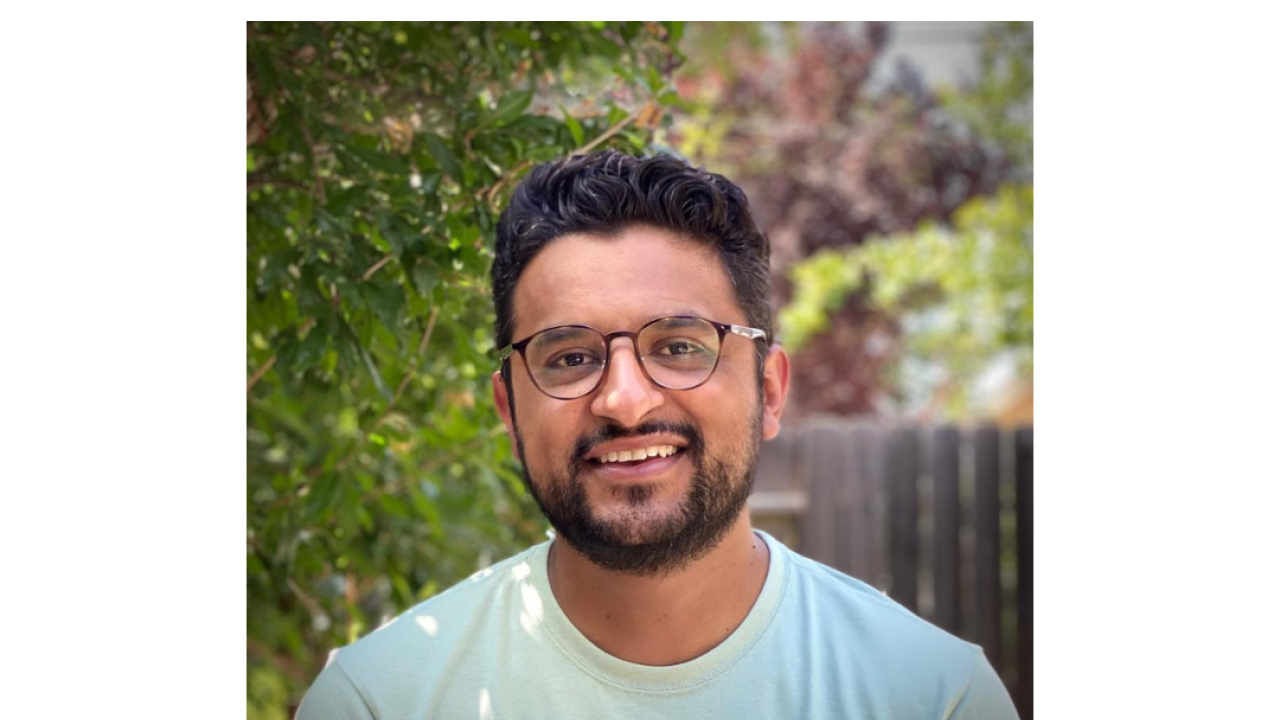
Luis Diaz-Garcia was recently appointed as an Assistant Professor in the Department of Viticulture and Enology at UC Davis. Luis is the new grape breeder for the Department, replacing Professor Emeritus Andy Walker.
Luis grew up in Aguascalientes, Mexico, a state previously recognized as one of the most important wine-growing regions in the country. He completed his bachelor's degree in Agronomy at Universidad Autonoma Chapingo, where he worked in maize landraces. He then moved to Guanajuato, Mexico and completed an MS at CINVESTAV-LANGEBIO under the supervision of Luis Herrera-Estrella and Alexander deLuna. His masters thesis focused on systems biology approaches for understanding responses to environmental stress in yeast. In 2018, Luis obtained his Ph.D. in Plant Breeding and Plant Genetics at the University of Wisconsin-Madison, working in the laboratory of Juan Zalapa. During his Ph.D., Luis integrated a variety of phenomics and genomics tools for studying cranberry fruit quality traits and their underlying genetic mechanisms for regulation. In addition, he developed and implemented several computational resources for high-throughput phenotyping based on image analysis, morphometrics, and high-dimensional phenotypes. After receiving his Ph.D., Luis joined INIFAP (Mexico's National Institute for Forestry, Agriculture and Livestock Research) as a lead scientist, where he worked in breeding, genetics, and genomics of several crops, including maize, chili pepper, and guava.
At UCD, the Diaz-Garcia lab will apply novel phenomics and genotyping approaches for accelerating the breeding of wine grapes and rootstocks. Luis' breeding program will strongly rely on the extensive germplasm collection, with many contributions from Harold Olmo and Andy Walker over the last six decades. Genetic solutions (e.g. favorable alleles) for growing high-quality grapes under current and future climate challenges are likely hidden in these germplasm collections. Therefore, the primary goal in the Diaz-Garcia lab is to find these genetic solutions and identify optimal ways to express and combine them to develop superior winegrape cultivars and rootstocks. Moreover, the Diaz-Garcia lab will implement computer vision, physiological metrics, and climate modeling for gathering high-dimensional, high-quality information at the vineyard, vine, and organ levels. The information collected will then be integrated with genomic data to precisely identify genes associated with: resistance to or tolerance of biotic and abiotic stressors, fruit quality, and overall performance. All combined, these methods will allow the optimal allocation of resources and acceleration of the grape breeding process.
